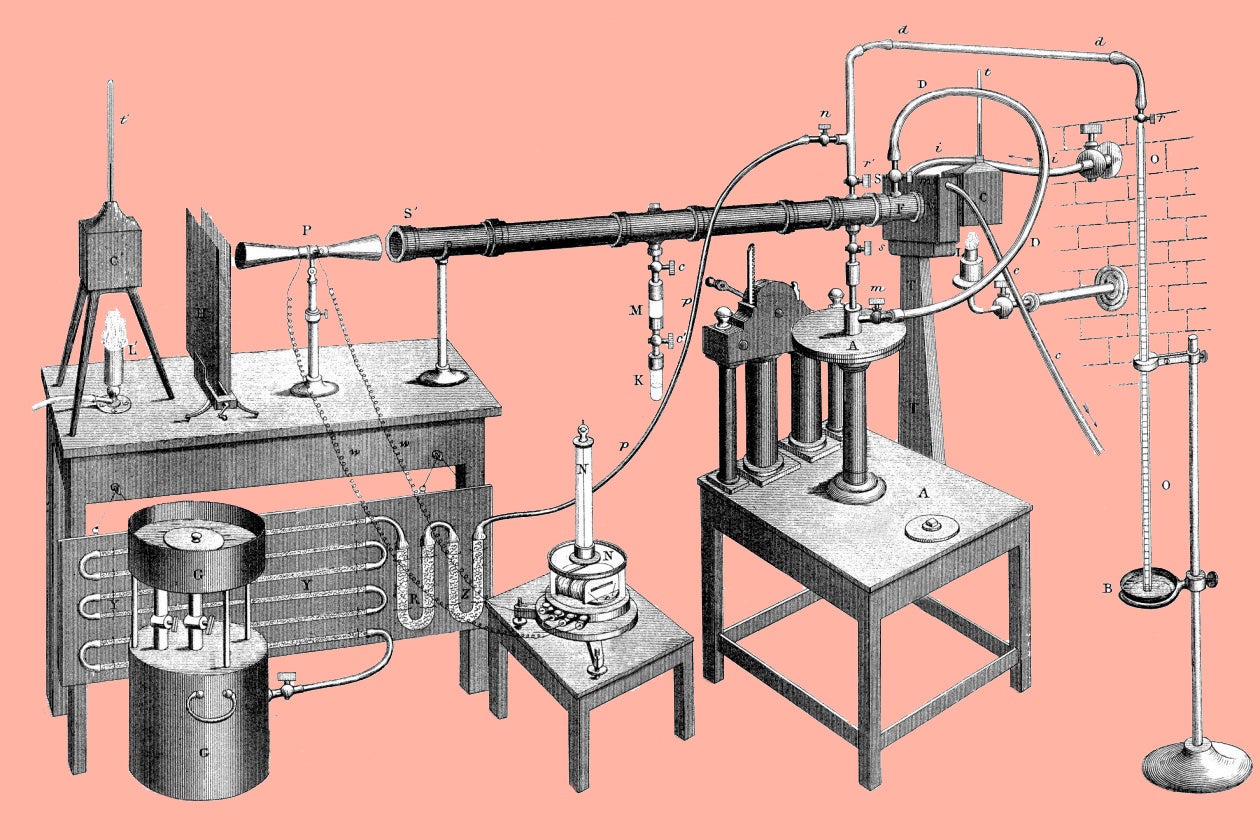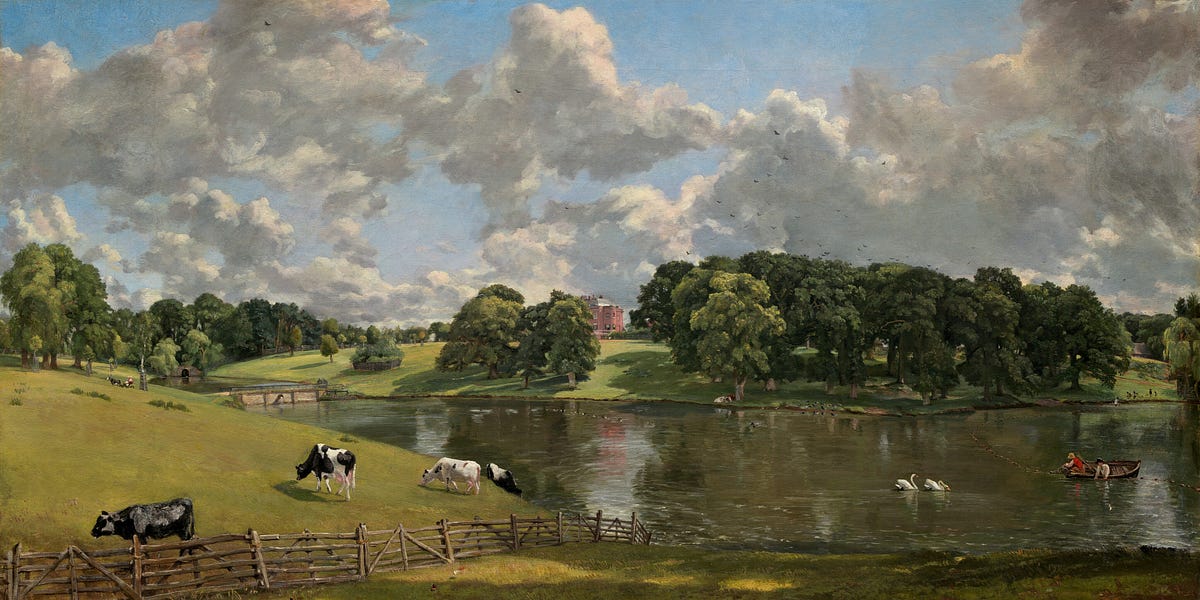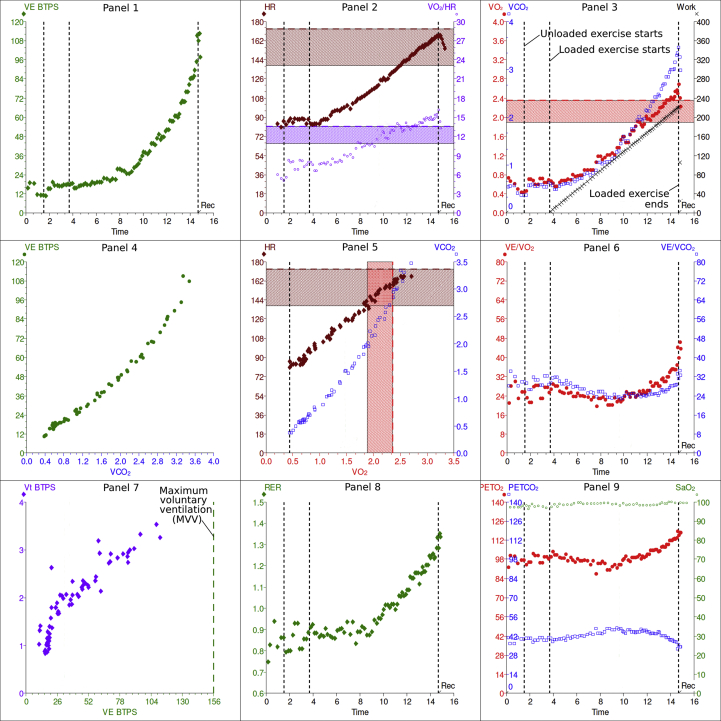
How China Is Like the 19th Century U.S. - by Brian Potter
I spend a lot of time reading about manufacturing and its evolution, which means I end up repeatedly reading about the times and places where radical changes in manufacturing were taking place: Britain in the late 18th century, the US in the late 19th and early 20th centuries, Japan in the second half of the 20th century, and (to a lesser extent) China today. I’ve been struck by how many parallels there are between modern China (roughly the period from the late 1970s till today) and the Gilded Age/Progressive era U.S. (roughly the period from the late 1860s to the 1920s).
During these periods, unprecedented levels of economic growth combined with large populations were making both the U.S. and China wealthy and powerful. Both countries were urbanizing, building enormous amounts of infrastructure, and becoming by far the largest manufacturers in the world, with industrial operations of unprecedented size. Both were undergoing wrenching social and cultural change as old institutions were replaced by new ones, and the countries began to become “modern.” Both were nations of ambitious strivers, where it seemed like anyone with talent could make themselves into a success by catching the tide of rising opportunity. Despite the many differences between the two countries, the forces of development pulled them along very similar paths.
In the decades following the Civil War and the Cultural Revolution, respectively, the U.S. and China both saw record-setting economic growth. In 1820 the US had a GDP roughly 1/3rd the size of the United Kingdom’s or France’s, and roughly half of Germany’s or Italy’s. By 1870, its GDP was nearly as large as the UK’s, and was about 40% larger than France or Germany’s. By 1913, its GDP was more than twice as large as either the UK’s or Germany’s.









/cdn.vox-cdn.com/uploads/chorus_asset/file/25710219/Hello_static_asset.png)














